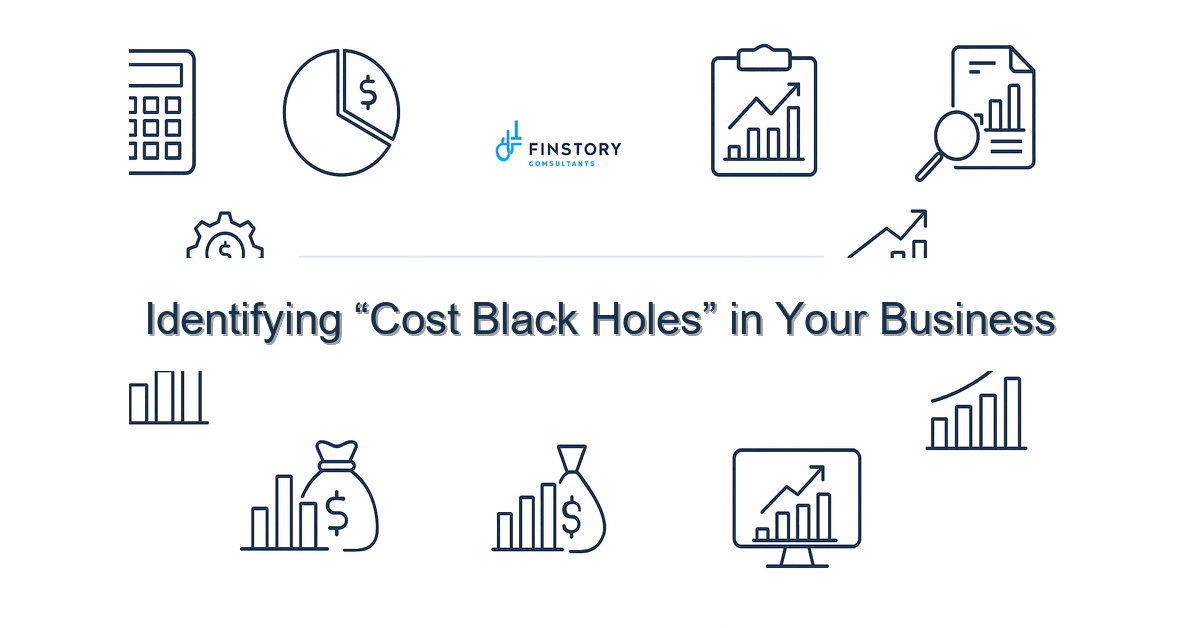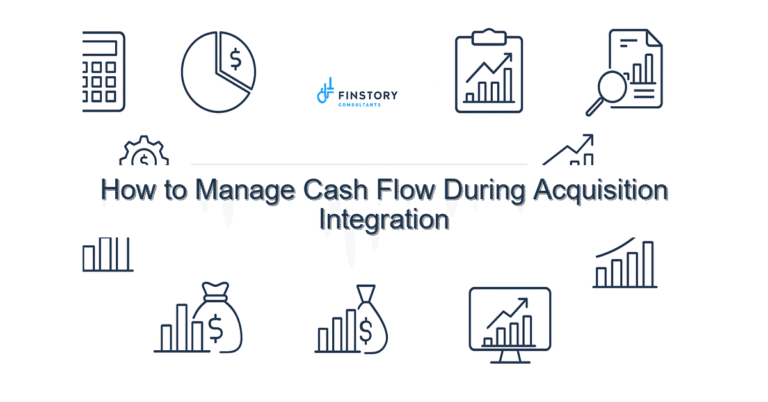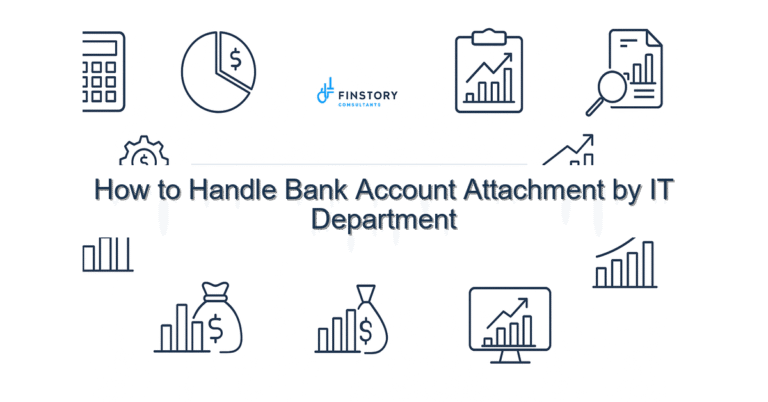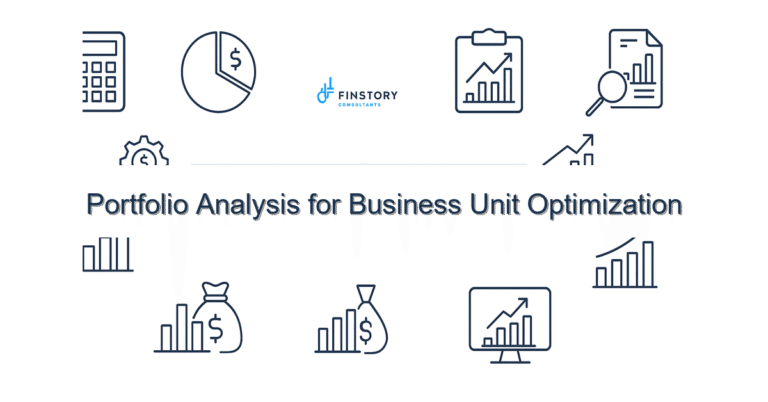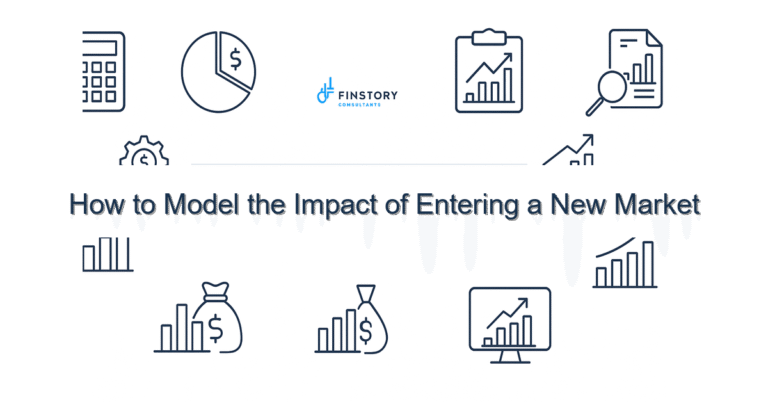Identifying “Cost Black Holes” in Your Business
You know something is bleeding money, but the ledger doesn’t tell you where. In healthcare operations, cost surprises arrive as late charges, vendor overpayments, or spikes in agency labor—small leaks that become a flood.
Summary: Find and stop “cost black holes” with a focused, data-driven process that uncovers root causes, delivers quick savings, and builds repeatable controls so finance and operations can make faster, clearer decisions.
What’s the real problem?
The issue isn’t that teams don’t care. It’s that cost drivers hide in complexity: mixed systems, manual workarounds, and diffuse ownership. Those hidden costs distort margins and slow decision-making, especially in hospitals and clinics where variability is high.
- Unexpected monthly swings in supply expenses or labor costs that leadership can’t explain.
- Frequent reconciliations and manual journal entries from multiple systems.
- Large, recurring vendor payments with no active service-level review.
- Clinical or operational teams using shadow vendors or bypassing procurement.
What leaders get wrong
Well-intentioned leaders often make the same mistakes. They assume the ERP or the EHR is the single source of truth. They treat symptoms—cutting budgets or consolidating vendors—rather than fixing the flows that create noise. Or they task a single department to “solve costs” without cross-functional authority to change processes.
Those approaches lead to short-term patches, morale issues, and recurring surprises. You need a way to surface and fix the problem at the process level, not just the line-item level.
A better approach
Treat cost black holes like an operational fault you can trace and repair. The framework below focuses on visibility, accountability, and rapid testing.
- Step 1 — Baseline: Pull a 12-month view of spend by granular category (supplier, department, GL account, patient service line). Look for patterns and outliers, not just totals.
- Step 2 — Trace the flow: For each outlier, map the workflow that generates the cost—who initiates it, which systems record it, and how it gets approved.
- Step 3 — Root cause analysis: Use data plus interviews to find whether the cause is contract misspecification, coding error, duplicate payments, or clinical process variation.
- Step 4 — Rapid pilot: Implement a small, measurable change (a price correction, a PO requirement, or a coding rule tweak) in one unit to validate savings.
- Step 5 — Scale and control: Apply the fix across the organization and build dashboards and controls to prevent regression.
Real-world example: A mid-sized health system saw agency nurse spend jump 28% year-over-year. By mapping shifts, approvals, and overtime rules, they discovered overlapping shift swaps that created double payments. A two-week pilot enforcing a single swap approval reduced agency spending by 12% across the pilot units—then scaled system-wide.
Quick implementation checklist
- Extract 12 months of transactional spend by vendor, GL, department, and cost center.
- Flag the top 5% of vendor spend and top 10% of GL accounts by variance month-over-month.
- Run a duplicate payment search for the last 6 months (same invoice number, amount, supplier).
- Identify 3 high-variability clinical/service lines and map their order-to-billing workflows.
- Ask operational leaders for one “known pain” each—turn these into investigation tickets.
- Set up a simple dashboard (Power BI or similar) with variance alerts and owner assignment.
- Launch a two-week pilot with one control change and measure before/after.
- Document the policy change and train the unit leaders involved.
What success looks like
- Reduced unexplained variance in monthly spend to under 3% of budgeted categories.
- Duplicate or incorrect payments identified and recovered—target $X per quarter (or 0.5–1.5% of non-labor spend).
- Transaction processing cycle time cut by 20–40% through automation and clearer approvals.
- Improved forecast accuracy for controllable costs (labor, supplies) from +/-8% to +/-3–4%.
- Operational ROI: pilots that show 3–6 months payback on effort for recurring fixes.
Risks & how to manage them
- Risk: Pushback from clinical teams who feel controls slow care. Mitigation: Co-design controls with clinicians, focus on exceptions, and measure patient impact.
- Risk: Data gaps across EHR, ERP, and procurement. Mitigation: Start with integrated extracts, use reconciliation scripts, and prioritize the highest-impact feeds first.
- Risk: Savings don’t stick because of poor change management. Mitigation: Assign accountable owners, create simple KPIs, and include the change in monthly leadership reporting.
Tools & data
Practical tools make this repeatable. Finance automation reduces manual reconciliations. Power BI (or similar) brings live visibility to leaders. Connect your EHR, ERP, procurement, and AP data so you can trace a cost from order to payment.
Don’t wait for perfect data. Start with what you have, add reconciliations, and build leadership reporting that ties people to metrics. Over time, automation and a single source of truth reduce effort and increase trust.
Next steps
If you’d like a focused way to find black holes, start with a 90-day diagnostic: we’ll help extract the data, run root-cause analyses on your top 10 variances, and pilot fixes with operational owners. That diagnostic usually identifies immediate savings and creates a 6–12 month roadmap for sustained improvement.
Ready to move from guesswork to measurable fixes? Contact Finstory for a short scoping call and a sample diagnostic outline tailored to your organization.
Work with Finstory. If you want this done right—tailored to your operations—we’ll map the process, stand up the dashboards, and train your team. Let’s talk about your goals.
📞 Ready to take the next step?
Book a 20-min call with our experts and see how we can help your team move faster.
Prefer email or phone? Write to info@finstory.net
or call +91 44-45811170.
